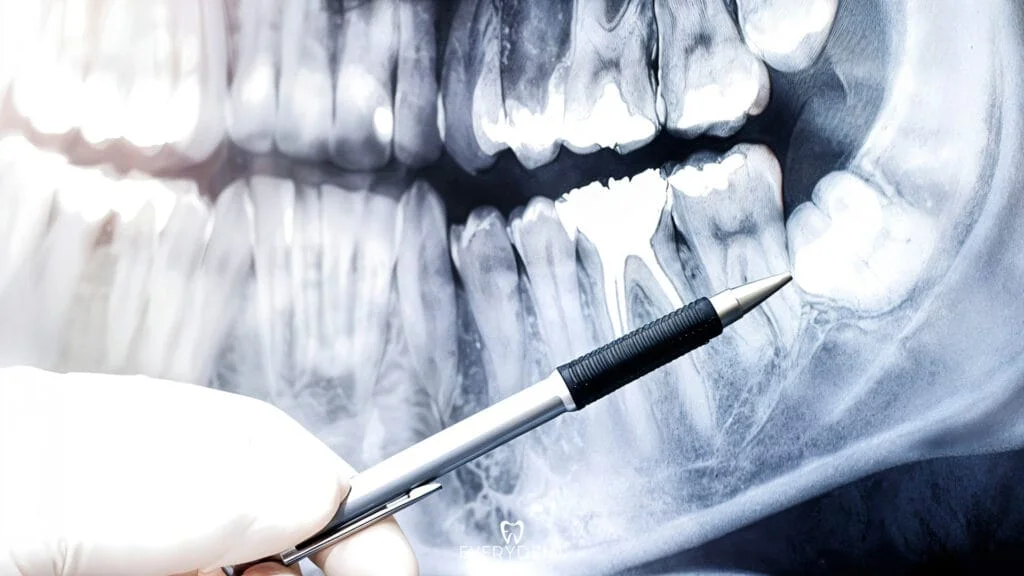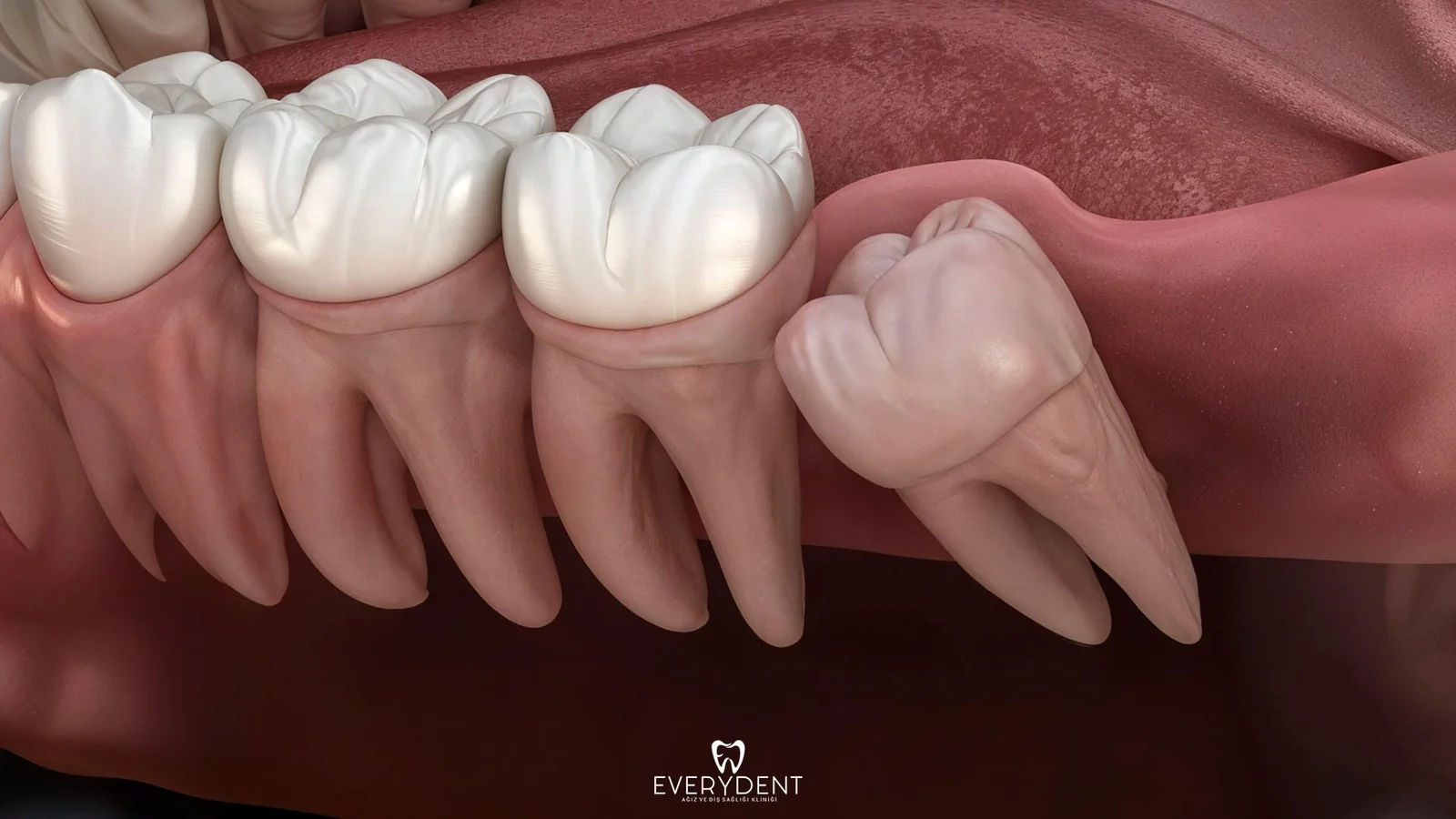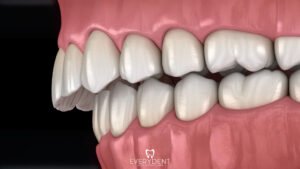Wisdom Toothache
are one of the most difficult processes that many people face in their lives. These teeth, known as the third molars at the very back of the mouth, usually begin to appear between the ages of 17 and 25. However, this process does not proceed in the same way for everyone. While these teeth settle into the mouth without causing any problems for some individuals, they can cause serious discomfort, pain, and even infections for most people. The emergence of wisdom teeth is usually complicated by reasons such as narrow jaw structure, impacted teeth, or trying to emerge in the wrong position. Therefore, for many people, wisdom teeth can become a problem that affects not only oral health but also overall quality of life.
What is a Wisdom Tooth?
Wisdom teeth are the teeth located at the very back of the jawbone, called third molars. While permanent teeth replace milk teeth during infancy and childhood, wisdom teeth begin to emerge in the mouth during adolescence and young adulthood. These teeth, which are usually seen between the ages of 17 and 25, are quite common to encounter different problems during their emergence, as they are the last in the dental arrangement.
The emergence of wisdom teeth has become more complicated with the shrinkage of the human jaw during the evolutionary process. While the wider jaw structures of our ancestors in ancient times allowed wisdom teeth to emerge and function easily, the shrinkage of the jaw structure in modern humans has caused these teeth to have difficulty finding space. As a result, these teeth either remain buried or try to emerge by getting stuck under the gums, and this process becomes quite painful.

Causes of Wisdom Tooth Pain
Wisdom teeth often cause problems because there is not enough room in the mouth. Here are some common causes of wisdom tooth pain:
- Space: Most people’s jaw structure is not wide enough to properly accommodate the third molars. In this case, the tooth presses on the jawbone or other teeth as it erupts, causing pain.
- Impacted Tooth: One of the biggest problems with wisdom teeth is that they remain impacted. When the tooth has difficulty coming out from under the gum or cannot come out completely, it remains impacted, causing severe pain. An impacted tooth can also often cause infection and swelling in the surrounding tissues.
- Partial Eruption: In some cases, the wisdom tooth cannot come out completely, and only a portion of it remains on the gum surface. This situation causes difficulty in oral hygiene, bacteria accumulation around the tooth and inflammation.
- Crooked Teeth: As wisdom teeth emerge, they can disrupt the alignment of other teeth and cause crooked teeth. In this case, not only the wisdom teeth but also the other teeth can be exposed to pressure and cause pain.
- Infection: If oral hygiene is not taken care of during the tooth eruption process, it becomes easier for bacteria to settle in the gums and around the teeth. This can lead to the development of infection. Gum infection can cause severe pain, swelling and fever.
Symptoms of Wisdom Tooth Pain
Wisdom tooth pain may vary from person to person, but generally manifests itself with the following symptoms:
- Gum Swelling: Swelling occurs in the gums in the area where the wisdom teeth are trying to emerge.
- Pain and Sensitivity: Severe pain and sensitivity may occur in the jaw, ear and head. This pain is caused by pressure on the area where the tooth is trying to come out.
- Chewing Difficulty: Wisdom tooth pain can cause discomfort while chewing and make eating difficult.
- Increased Bad Breath: Bad breath can also increase when there is infection or inflammation in the mouth.
- Closing Jaw: In some cases, stiffness and locking of the jaw muscles can be seen.
- Symptoms of Inflammation and Infection: Infection symptoms such as fever, fatigue and discharge from the back of the mouth can also be observed.
How to Get Rid of Wisdom Tooth Pain
Treatment of wisdom tooth pain is generally a condition that should not be neglected, because if the pain and discomfort continue for a long time, it can lead to more serious oral health problems. Treatment methods may vary depending on the position of the tooth, the severity of the pain and the complications that occur. The first and most common treatment method is tooth extraction. If the wisdom tooth has difficulty coming out, causes frequent pain, or is pressing on other teeth, dentists recommend extracting this tooth. Tooth extraction is usually performed under local anesthesia and provides relief by removing the pressure that is the source of the pain. In some cases, surgical intervention may be required because the tooth is impacted. In this case, the tooth is removed from where it is located under the gum, and the healing process usually takes a few days after the procedure.
If the tooth is inflamed and infected, your doctor may prescribe antibiotic treatment. Antibiotics control the infection by preventing the spread of inflammation. This treatment is usually applied to eliminate the infection before the tooth is extracted. In addition, various painkillers may be prescribed to relieve the pain. Anti-inflammatory drugs, especially ibuprofen, can be an effective option for both relieving pain and reducing inflammation.
Simple methods that can be applied at home can also help relieve wisdom tooth pain. For example, gargling with salt water is an effective method for relieving gum inflammation and controlling the infection. Salt water has antiseptic properties, which makes it a natural aid in relieving pain and reducing inflammation. In addition, applying ice to the affected area can also help reduce swelling and pain. An ice pack reduces swelling and provides relief by constricting the blood vessels in the area. These methods are especially useful for temporarily relieving pain in milder cases that do not require surgery.

Wisdom tooth pain is a common problem in young adults. This pain is usually caused by reasons such as the space the tooth experiences when it comes out, being impacted or infection. However, it is possible to get through this process less painfully and healthily with the right treatment methods. By having regular check-ups with your dentist, you can monitor the condition of your wisdom teeth at an early stage and prevent potential problems in advance.




